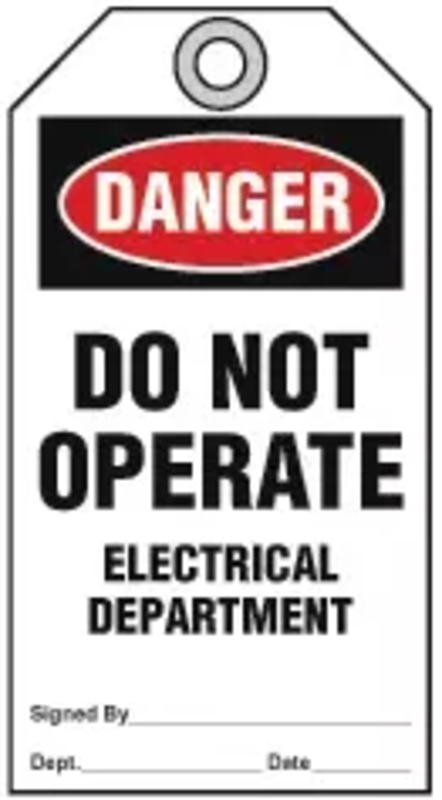Electrical Safety In The Workplace

The Electrical
Safety Foundation International (EDFI) has designated May as National Electrical
Safety Month. On average, there are more than 300 deaths and over 4,000
injuries per year caused by Electrical Hazards in workplaces here in the United
States. Over 60% of the injuries are due to electric shock, the remainder
caused by electric burns. Electric shock is caused by either direct or indirect
contact with a conductive part that is energized. Electrical arcing, explosions
or fire result in burns. Toxic gases released as a result of fire as well as
the burning of electrical equipment often leads to severe illness or death.
Contact with 50
volts AC or 120 volts DC can result is serious health issues. And High Voltage
shocks involving 1000 volts AC or 1500 volts DC will result in both serious
burns and organ damage. Along with these electrical safety issues, there is the
distinct possibility that electric shock will lead to other related injuries.
These include but not limited to falling from stairs, ladders or elevated platforms.
And faulty electrical equipment can lead to fires which can lead to smoke
inhalation, injury and death.
The National Electrical Code 90.2 of the National Fire
Prevention Association addresses electrical safety-related work practices. It
covers activities such as installation, inspection, operation, maintenance and
demolition of conductors, electrical equipment, signaling and communications
equipment. All of these operations in one way or another deal with portable
electric equipment, exposed plugs and sockets and extension leads adding to the
threat of injury. Areas of main concern are any type of work outdoors or areas
where water may be present and in cramped spaces where it is difficult to avoid
electrical wiring, or equipment.
Here are some very basic procedures designed to prevent
electrical related injuries while working in an industrial environment:
Licensed electricians must install, check and inspect all
equipment; equipment should be rated by a national rating service; insure there
are enough outlets so as not to cause an overload in any particular area; shut
down equipment when not needed; shut down and lockout equipment that is being
serviced or in need of repair (OSHA Lockout:Tagout 1910.147;) a set of general
electric procedures and regulations must be established and training required
pertaining to them along with the Lockout:Tagout procedures; Whenever changes
are made to any of the equipment or new equipment is installed, bulletins
announcing those changes must be made. And those changes must be added to the
procedures and training. Signs warning of the Danger, such as “HIGH VOLTAGE”
must be placed strategically throughout the facility.